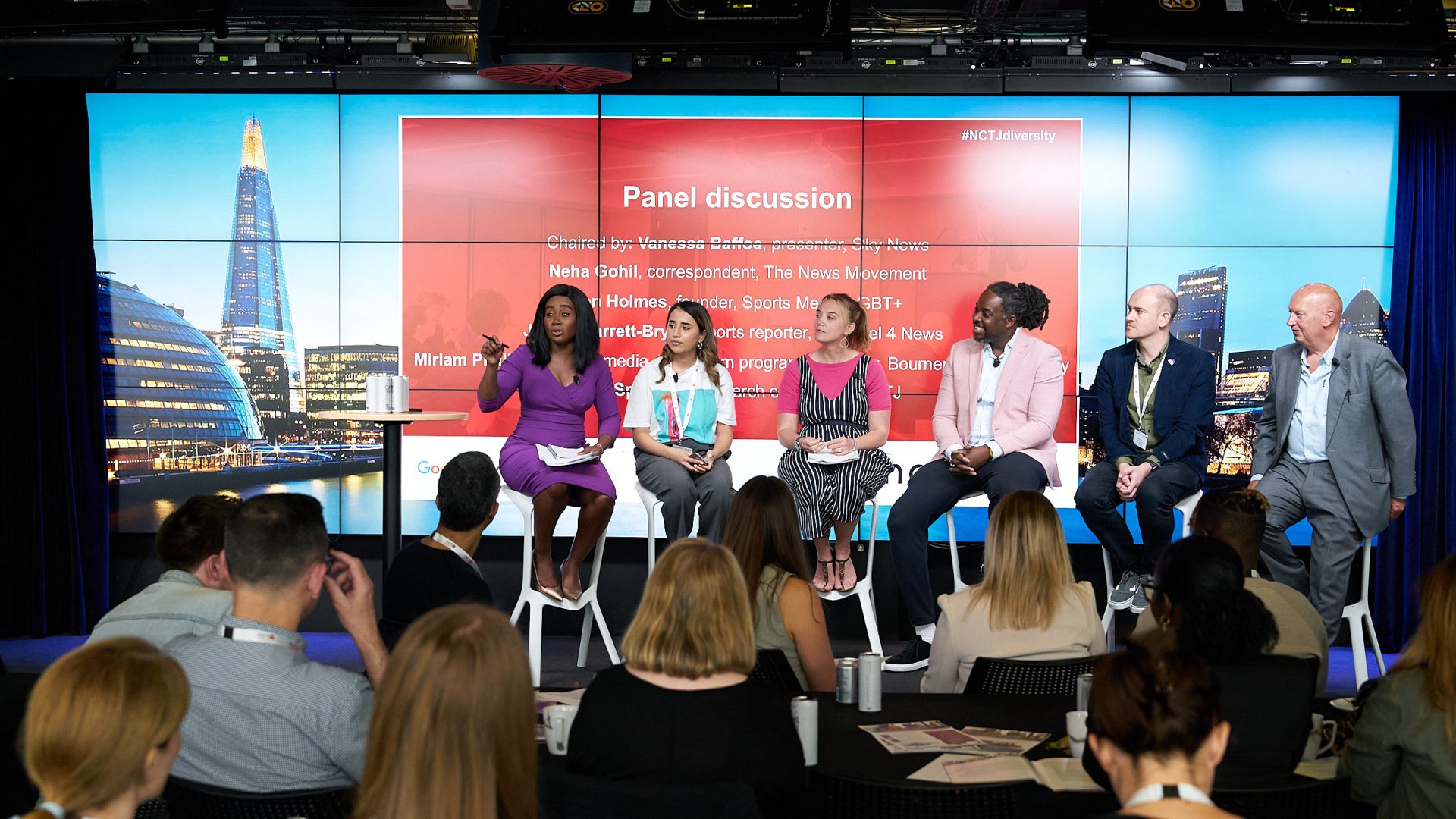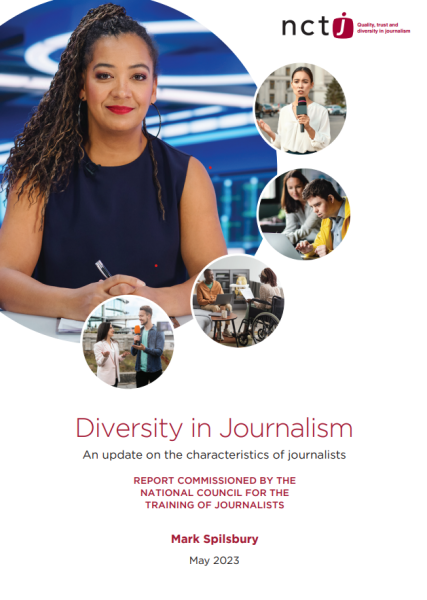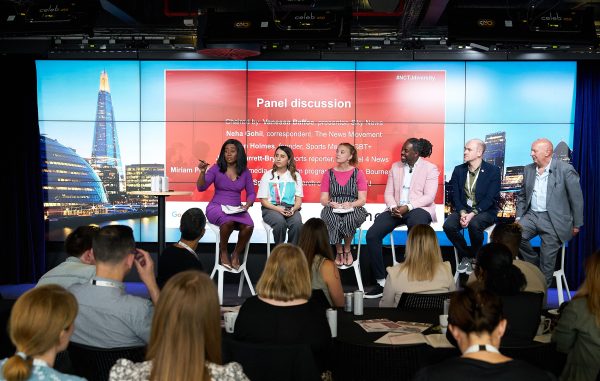
Characteristics of UK journalists examined in new diversity report
Diversity in journalism has come under scrutiny in a new report published by the NCTJ, examining the characteristics of UK journalists.
 Diversity in journalism has come under scrutiny in a new report published by the NCTJ, examining the characteristics of UK journalists.
Diversity in journalism has come under scrutiny in a new report published by the NCTJ, examining the characteristics of UK journalists.
The report, authored by research consultant Mark Spilsbury, was presented at an industry event today at Google UK, which brought together industry representatives, journalism trainers and diversity and inclusion professionals.
The research, based on latest Labour Force Survey (LFS) and Census data, suggests that progress is being made in some areas:
- There has been an increase in the number of journalists who report having a work-limiting health problem or disability at 22 per cent, up from 19 per cent in 2021 and higher than the level for all UK workers (18 per cent).
- There has been an increase in the proportion of journalists coming from other ethnic groups (12 per cent in 2022 compared to just six per cent in 2018), bringing journalism in line with employment across all UK sectors, though there is still a low proportion of other ethnic groups in editor positions. The proportion of editors from non-white ethnic backgrounds is only six per cent compared to 14 per cent in junior roles, suggesting that more needs to be done to promote journalists from other ethnicities into senior roles.
- New data which has become available on sexual orientation has been included in the report for the first time. This data suggests that journalists classifying themselves as gay, lesbian, bisexual or other are well-represented the industry compared to the whole population (11 per cent in journalism versus four per cent across all UK, according to LFS data).
There continue to be ongoing issues with social class, though there has been a decrease in the proportion of journalists coming from the highest social classes. Seventy-three per cent of journalists come from these classes, lower than in 2020 and 2021, and at the same level as seen in 2016.
The research found that journalists are highly qualified, with 91 per cent having a degree-level or higher-level qualification, which is not reflective of the UK population as a whole.
The latest 2022 data also shows an increase in the proportion of men working in journalism to 59 per cent, the highest level recorded.

The panellists discussing the findings of the Diversity in Journalism report at today’s industry event
At today’s industry event, a panel of senior editors and journalism educators discussed the key findings of the report and what action should be taken.
Neha Gohil, correspondent for The News Movement, spoke about how editorial leaders can support journalists coming into the industry from other ethnic groups.
She said: “It’s about seeing your leadership really listen to younger and junior staff and taking the time to listen. Representation is one part of a bigger puzzle.
“If senior leaders take that time to talk to junior staff about how they consume news and the stories they want to cover, that can really lead to mindful change and it will make them feel like a valued part of the newsroom rather than just ticking a box.”
Reflecting on the barriers people may face entering and staying in the journalism industry, Jordan Jarrett-Bryan, sports reporter for Channel 4 News, added: “There’s certain perceptions of what certain groups of people can and can’t do – we don’t see many black political reporters, for example.
“Getting people in the door is only half the job. There is a balance between getting people into the industry and keeping them there. It’s about leadership and feeling valued.”
Miriam Phillips, programme leader for the BA Multimedia Journalism course at Bournemouth University, said: “I have seen a lot more diversity in apprenticeships and the Community News Project, for example – more than what we are seeing at undergraduate level.
“At schools, people don’t see journalism as a viable job and they think you need money to do that job. It’s a real shame and where we need to work together to show the different routes in.”
Jon Holmes, founder of Sports Media LGBT+, said: “Sports media has really diversified with women’s sports, but I don’t see as much representation on the writing side. We see more women on camera but I don’t see their bylines in newspapers and that’s a real concern.
“My barrier to overcome was that the sports media in the 2000s was very masculine and there wasn’t much representation of gay men like myself. One of the key factors was seeing role models and for me that was Alex Kay-Jelski, now editor-in-chief of The Athletic.”
Joanne Butcher, NCTJ chief executive, said in the report: “Changing an entrenched culture, as the latest data in the report on diversity shows, is one of the toughest challenges for us all alongside overcoming the economic and social threats to quality journalism and trusted news.
“There has been some progress but there are no easy answers to how we can attract people from disadvantaged backgrounds into journalism and promote journalists from under-represented ethnic groups into senior roles.
“We all need to work together to make this happen. We must encourage those from all walks of life into journalism roles, remove the barriers and support people in their careers so they can join the decision-makers.”
To mark the publication of the report, the NCTJ announced at the industry event a major investment in outreach work with partners in the media and education sectors.
The work aims to boost recruitment of school leavers onto NCTJ-accredited courses at further education colleges and to further diversify cohorts on accredited university courses.
The report updates the NCTJ’s 2022 research, and will be updated annually.
Click here to read the full report and click here to read more about the NCTJ’s outreach work.

